27
Jan

Types of Refractive Surgery
There are several types of refractive surgery available to correct vision problems caused by refractive errors, including: LASIK (laser-assisted in situ keratomileusis) Custom or bladeless LASIK Photorefractive keratectomy (PRK) Laser epithelial keratomileusis (LASEK) Epi-LA...
View MoreCategories: We Can Help With Refractive Disorders
27
Jan
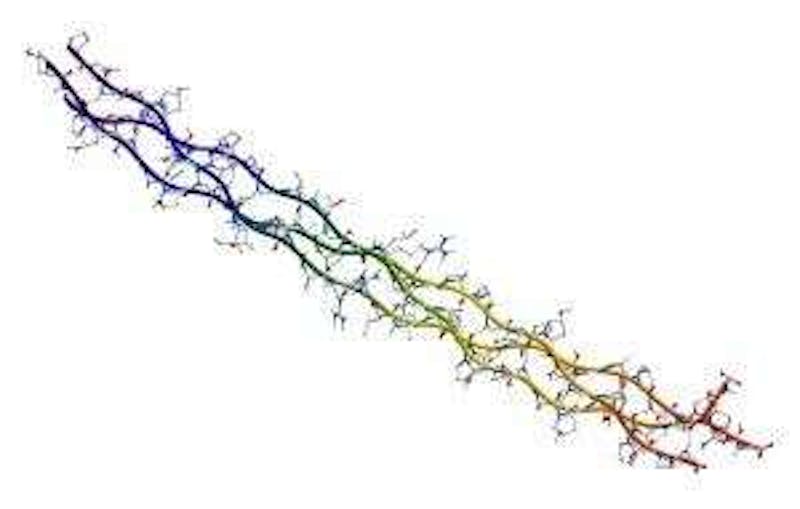
Collagen Crosslinking
Collagen crosslinking (CXL) is a relatively new procedure used to treat patients with keratoconus. Keratoconus is a thinning of the corneas which causes them to form a cone shape and bulge outwards. Many countries outside the U. S. use CXL, but the procedure hasn't yet recei...
View MoreCategories: We Can Help With Corneal Disorders Treatments
27
Jan
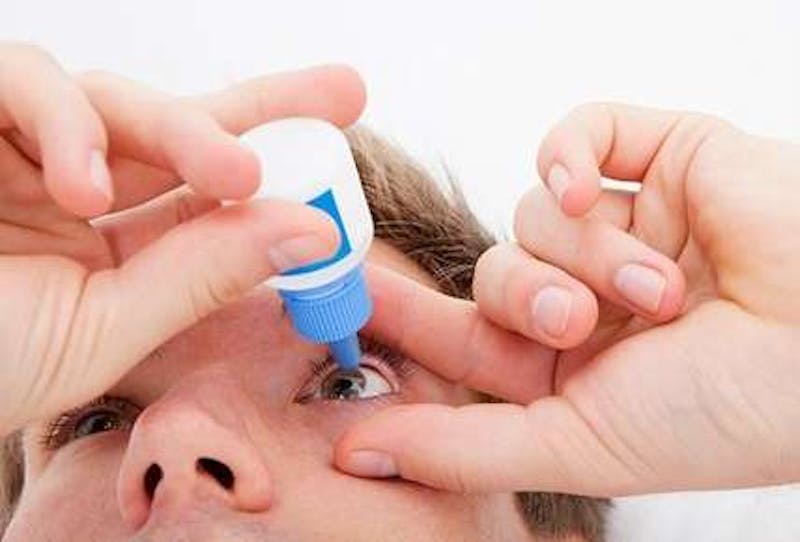
Medicated Eye Drops
Treatment for glaucoma often begins with medicated eye drops. The goal of these medications is to lower the pressure in the eye (intraocular pressure) and prevent damage to the optic nerve. To gain the most benefits of these medications, use them exactly as prescribed by your eye ...
View MoreCategories: We Can Help With Glaucoma
27
Jan
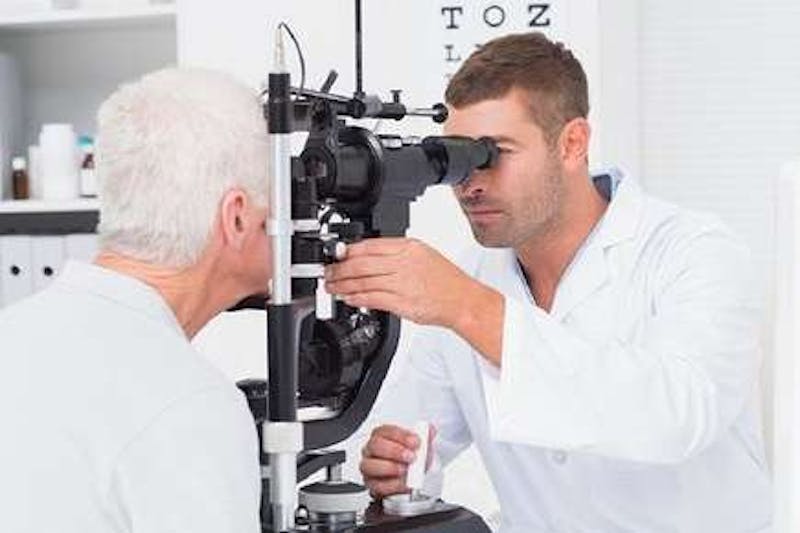
Laser Surgery to Treat Presbyopia (Monovision)
Presbyopia is the gradual decline in close vision that occurs with age. The condition occurs as the lens in the eye stiffens and loses its flexibility, thereby impairing its ability to focus at images or objects up close. While multifocal prescription glasses, such as bifocals, ar...
View MoreCategories: We Can Help With Laser Technology
27
Jan

LASIK
Laser-assisted in-situ keratomileusis, or , is the most common type of refractive surgery. If the curvature of your cornea deviates from the ideal curvature, light entering your eye will bend (refract) incorrectly. This is known as a refractive error and can cause vision problems...
View MoreCategories: We Can Help With Laser Technology
27
Jan
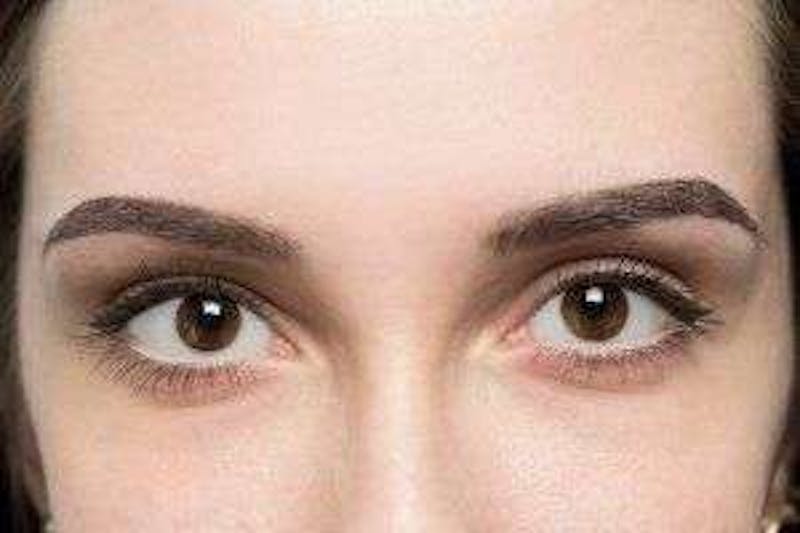
PRK (ASA)
When the cornea is misshapen, light bends (refracts) incorrectly, leading to vision problems. Refractive surgeries aim to reshape the cornea, thereby improving vision. LASIK is one of the most popular types of refractive surgeries. However, not everyone is an appropriate candidat...
View MoreCategories: We Can Help With Laser Technology
27
Jan

Corneal Transplantation
Corneal transplantation is a surgical procedure to replace part of a damaged or diseased cornea with corneal tissue from a donor. The cornea is the transparent, dome-shaped surface on the front of the eye. It plays a large part in vision by helping to focus light onto the retina...
View MoreCategories: We Can Help With Corneal Disorders Treatments
27
Jan

Intacs
, or intracorneal ring segments (ICRS), is a non-laser treatment for mild nearsightedness. It can also be used to treat the astigmatism and nearsightedness that occurs with keratoconus, one type of corneal disorder. How Works is a pair of crescent-shaped plastic devices that are ...
View MoreCategories: We Can Help With Corneal Disorders Treatments
27
Jan

What is Glaucoma
Glaucoma is a condition characterized by excessive pressure in the eye, or intraocular pressure. This irregularly high pressure is due to a buildup of fluid in the eye. As intraocular pressure increases, it can compress the eye's optic nerve, eventually leading to vision lo...
View MoreCategories: We Can Help With Glaucoma
27
Jan

iStent
The Trabecular Micro-Bypass is a surgical device that is available for use in treating patients with mild-to-moderate open-angle glaucoma. Glaucoma is characterized by an excessive accumulation of fluid inside the eye, which leads to an increase in the inner eye pressure (intraoc...
View MoreCategories: We Can Help With Glaucoma
27
Jan
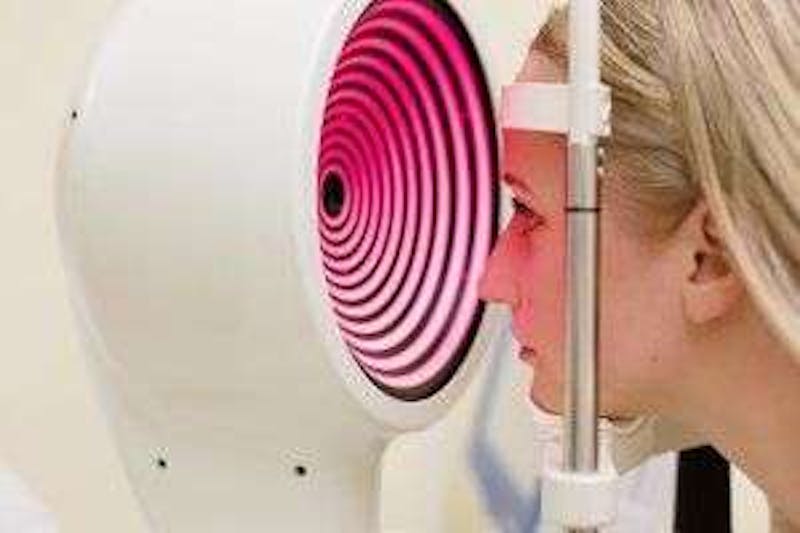
Keratoconus
While keratoconus can happen at any stage of life, young people between the ages of 10 and 25 are most likely to develop this disorder. For individuals with keratoconus, their cornea, the clear layer in the front of your eye, gradually thins and begins to bulge outward. typicall...
View MoreCategories: We Can Help With Corneal Disorders Disorders
27
Jan

Pterygium
is characterized by a pink tissue growth on the sclera (the white part of the eye), which seems to be the result of chronic exposure to ultraviolet light. In fact, because many surfers suffer from pterygium, the condition is often called surfer's eye. is not cancerous and...
View MoreCategories: We Can Help With Corneal Disorders Disorders


